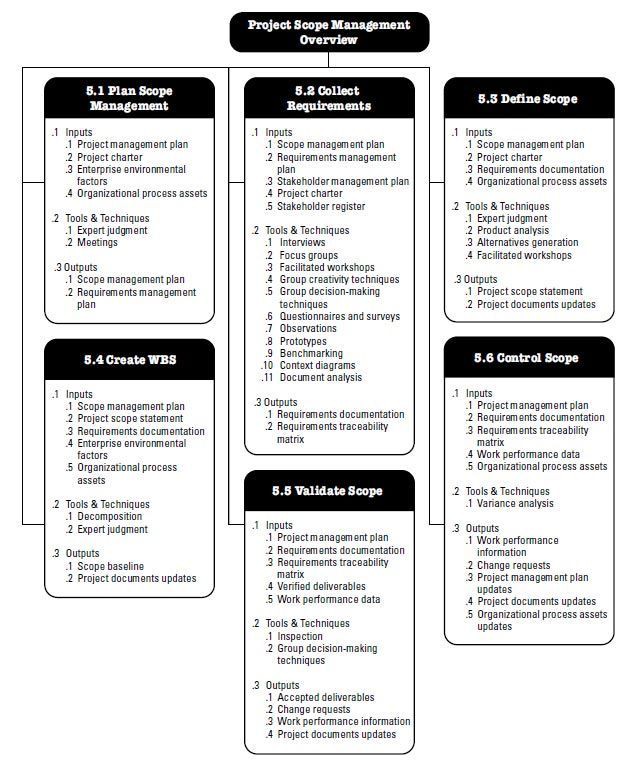Project Management Scope can refer one of the following: Product scope or Project Scope and it’s important to differentiate between the two.
Product Scope: the functions that specify a product or a service
Project Scope: The work needed to deliver a product that meet the product’s scope.
Project Scope is the most familiar approach to stakeholders used to know what goes into the project and the elements needed to define its success. It’s made of functionalities and criteria specified in the project requirements.
You might also like: PROJECT MANAGEMENT, WHY IS IT SO IMPORTANT?
What is a Project Scope Statement?
The scope of a project is a document in a scope statement. It’s an indispensable part of any project plan. A written document important for the bases of the decisions taken along the line. In more abstract way, everything does not fall within the the required functionalities and criteria that are documented in the statement.
What is project scope management?
Handling the project scope focuses on controlling what’s included and what’s not in the project.
You might like:WHAT IS WATERFALL PROJECT MANAGEMENT
What is involved in project scope management?
This is where we get into the details of creating that scope statement. The PMBOK recognises six major scope management processes involved in managing and defining a project’s parameters. They are as follows:
- Creating the Work Breakdown Structure: After analysing the project scope statement and requirements documentation, a Work Breakdown Structure (WBS) is created. The work breakdown structure (WBS) divides the entire project into individual tasks, and deliverables are clearly defined.
- Scope validation: Deliverables are inspected and reviewed here. They are either accepted as complete or additional revisions are requested.
- Scope control: As the project progresses, scope must be maintained. Performance reports are compared against project requirements to see where gaps exist, which may result in changes to the project plan.
